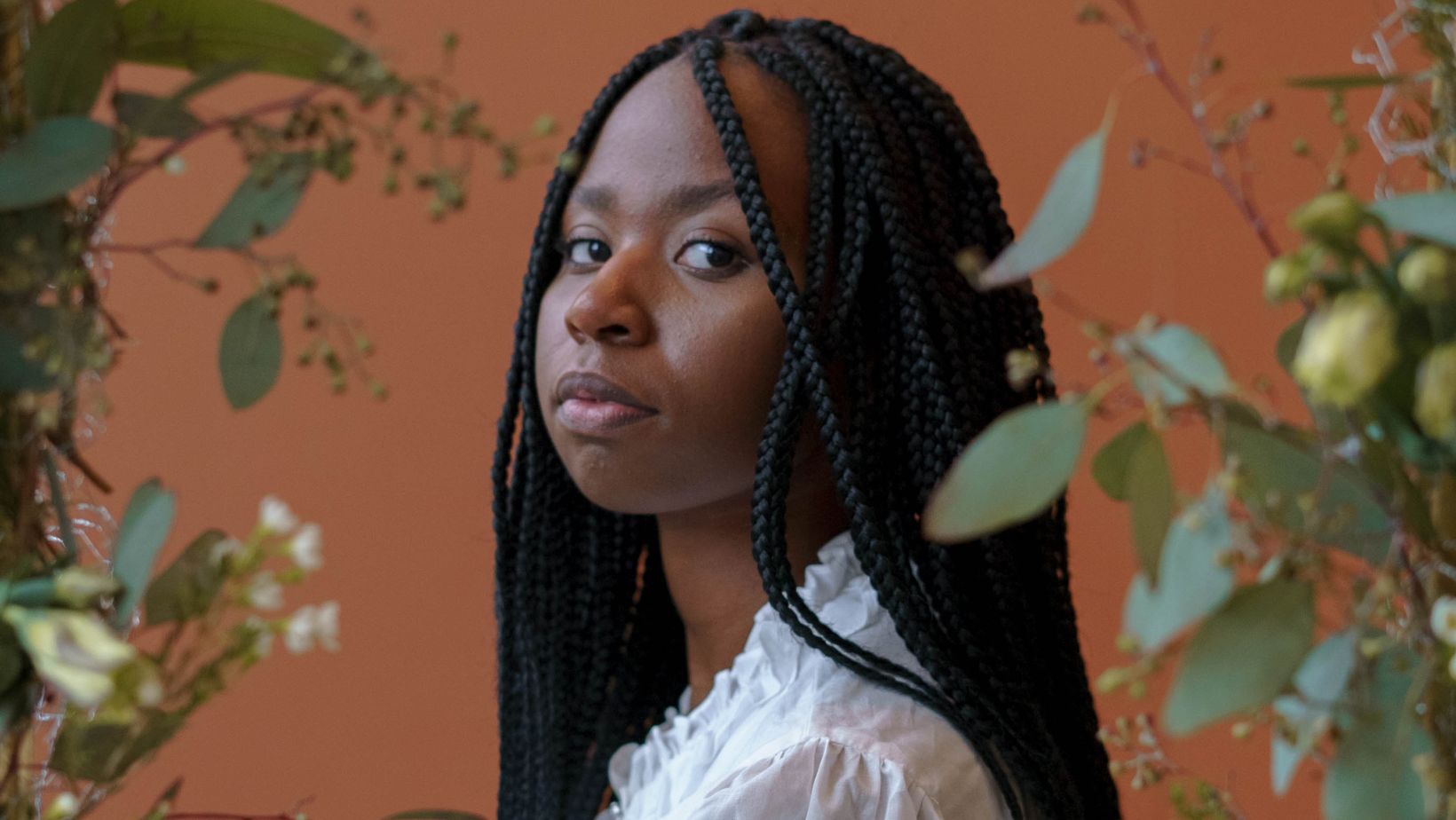French Braids Black Girl
French braids are a timeless and versatile hairstyle that has gained popularity among black girls for its unique beauty. These intricate braids, also known as cornrows, not only showcase the rich cultural heritage of African hairstyles but also offer various styling options. The artistry and precision involved in creating French braids on black girls’ hair is truly remarkable.
One of the standout features of French braids on black girls is their ability to highlight the natural texture and volume of their hair. The tightly woven pattern creates a stunning visual effect that accentuates the beauty of their curls or coils. Whether worn casually or for special occasions, French braids effortlessly enhance the overall look, exuding elegance and sophistication.
Moreover, French braids provide practical benefits by offering protection to natural hair from elements such as heat damage and breakage. They can be adorned with accessories like beads or ribbons to add a personal touch and further elevate the style. With proper maintenance and regular care, French braids can last for weeks, allowing black girls to embrace their natural hair while maintaining a polished appearance.
In conclusion, the unique beauty of French braids on black girls lies in their ability to celebrate cultural heritage while showcasing individuality and versatility. This iconic hairstyle not only enhances natural textures but also provides practical benefits for hair health. From everyday wear to special occasions, French braids continue to captivate with their timeless charm and versatility.

The History of French Braids
French braids have long been admired for their unique beauty and cultural significance, particularly within the Black girl community. This iconic hairstyle has a rich history that dates back centuries, reflecting both style and tradition.
- Origins in West Africa: French braids can trace their roots to ancient African civilizations, where intricate braiding techniques were used as a form of artistic expression and cultural identification. Braided hairstyles held great importance in West African communities, serving as a way to signify status, age, religion, and even marital status.
- Influence of the African Diaspora: With the transatlantic slave trade during the 16th to 19th centuries, Africans brought their braiding traditions with them to various parts of the Americas. These hairstyles became an integral part of Black culture and identity throughout regions such as the Caribbean, North America, and South America.
- Introduction to France: The term “French braid” itself is somewhat misleading since it actually originated from West Africa. However, it was during the late 18th century that this distinctive braiding style gained popularity in Europe when it was introduced by African women who were brought over as servants or entertainers.
- Cultural Resurgence: In recent decades, French braids have experienced a resurgence in popularity within the Black girl community and beyond. This renewed appreciation for the style highlights its versatility and ability to showcase individuality while embracing cultural heritage.
- Redefining Beauty Standards: French braids have played a significant role in challenging Eurocentric beauty standards by celebrating natural hair textures and promoting self-acceptance among Black girls and women worldwide. This empowering hairstyle allows individuals to embrace their roots while expressing their personal sense of style.
French braids continue to evolve with modern trends and techniques while maintaining their timeless appeal. They serve as a reminder of the resilience of Black culture throughout history while celebrating diversity and individuality.
Note: This section contains general information about the history of French braids and their significance within the Black girl community. For specific cultural practices or traditions associated with French braids, it is important to consult regional and individual perspectives.
